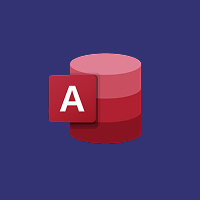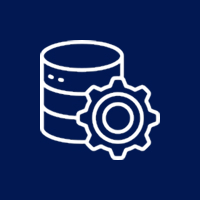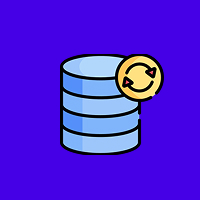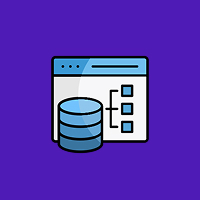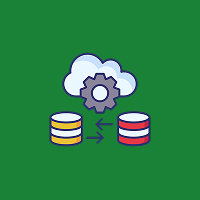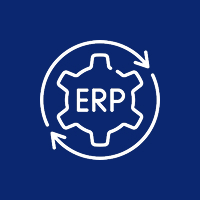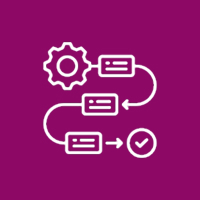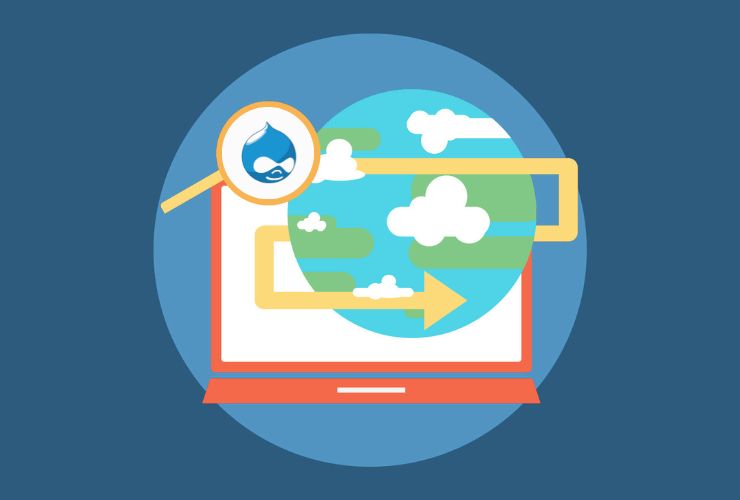A slow site doesn’t just annoy visitors—it can equal lost traffic, decreased conversion rates, and decreased search visibility. For Drupal site owners, performance matters most. With web surfers ever more intolerant of slow-loading sites, and increasingly so on mobile, your capacity to provide a fast, smooth experience may be the determining factor between growth and lost opportunity.
Two of the most powerful, simplest-to-implement performance enhancers for your Drupal website are optimizing images and leveraging a Content Delivery Network (CDN). Used in conjunction with each other, they can dramatically enhance load speeds, enhance mobile speed, and make your site more user- and SEO-friendly.
Why Speed Matters for Drupal Sites
Drupal is a powerful and versatile CMS, but it’s not invincible to performance problems—particularly when a site is full of content, media files, or complicated functionality. As your traffic grows, so do the demands on your hosting setup. Without optimization ahead of time, even the most well-designed Drupal sites will start to drag.
Performance issues that are common:
- Long page loads on mobile and slow networks
- Large, uncompressed media files slowing down rendering
- Server overload during heavy traffic
- Poor user experience as high bounce rates
- Decreased search rankings for poor performance
Fixing these problems starts with smart, scalable solutions. That is where an image optimization and a CDN are necessary.
What is a CDN, and How Does It Help
A Content Delivery Network (CDN) is a system of servers distributed around the world that has been established to deliver your website’s content from the closest server to the user. Instead of having every visitor retrieve content from your root server, a CDN caches static files—like images, stylesheets, and scripts—and delivers them significantly quicker from servers located all over the world.
Benefits of having a CDN with Drupal:
- Fast user load times for those who are far from your primary server
- Reduced load on your web server through transferring static content
- More scalability for spikes in traffic or viral outbreaks
- Increased availability and improved uptime
- Additional security features, including DDoS protection and SSL support
How to install it:
- Choose a CDN provider such as Cloudflare, Fastly, or Amazon CloudFront
- Deploy it on Drupal via the CDN module or through your host provider
- Update file URLs to route assets like images and CSS through the CDN
- Test using performance tools like PageSpeed Insights, GTmetrix, or WebPageTest
Why Image Optimization Matters
Probably the biggest size contributor to slow-loading websites are images. Unless optimized and kept in high-resolution, images will contribute exponentially to load times on your site—especially on handheld devices. Optimize images is reducing file sizes with no difference in quality perceived.
- You can do this automatically in Drupal with the proper tools and settings.
- Optimizing images on a Drupal site:
- Use Image Styles to automatically compress and resize images on the fly
Install image optimize modules such as:
- ImageAPI Optimize for auto-resize
- WebP support for next-gen format support
- ImageMagick for more control over compression
- Lazy load images to load them later when they are needed
- Compress images before uploading with software such as TinyPNG, Squoosh, or Kraken.io
Best practices are:
- Resize images to display sizes prior to uploading
- Try to have image files below 100 KB where possible
- Employ new formats such as WebP for better performance
The Cumulative Effect of CDN + Image Optimization
Although each one of these techniques has great benefits on its own, combined the effects are even more amazing. A CDN will make your static content and cached images load as quickly as they possibly can for your users everywhere in the world. In the meantime, smaller image sizes limit data transfer, which is absolutely necessary for mobile users and users on slow networks.
Together, they yield:
- Lightning-quick page loads
- Better SEO performance
- Better user experience, especially on mobile
- Lower bounce rates and higher engagement
- More conversions and happier visitors
These improvements also make your website more resilient to growth, ensuring you’re ready for traffic spikes, seasonal promotions, and ongoing content expansion.
Conclusion
It doesn’t have to be daunting to optimize your Drupal site. By concentrating on two areas with high impact—CDN integration and image optimization—you can significantly improve performance without optimizing the entire site.
Begin by finding performance bottlenecks through the use of tools such as Lighthouse or GTmetrix. Next, deploy a CDN and begin optimizing the delivery of images. With some strategically placed tweaks, your Drupal site will be faster, more stable, and poised to thrive in today’s online competitive market.
Contact Us Today













 Database Development
Database Development




